Southwest Michigan field crops update – September 5, 2024
Commercial corn reached R6 in some fields. Soybeans continued to progress toward physiological maturity. Some soybean fields reached R8.

Weather
Temperatures dropped early this week, leading to a couple days of cool weather. Despite the recent cool-down, growing degree units (GDU) are still ahead of normal by 100 to 150 GDUs. Scattered rainfall affected some areas with marginal amounts of precipitation, but most of southwest Michigan remained dry the past week. This was good news for grain crops close to harvest, but for crops such as alfalfa that are still actively growing, the dry weather slowed growth and led to crop stress.
There is a chance for precipitation within the next 24 to 36 hours, but the rest of the week is expected to remain dry. This weather system will bring even cooler, fall-like temperatures with highs between 60 and 70 degrees Fahrenheit that will last throughout the weekend. Early next week, high temperatures will return to low 80s in southwest Michigan.
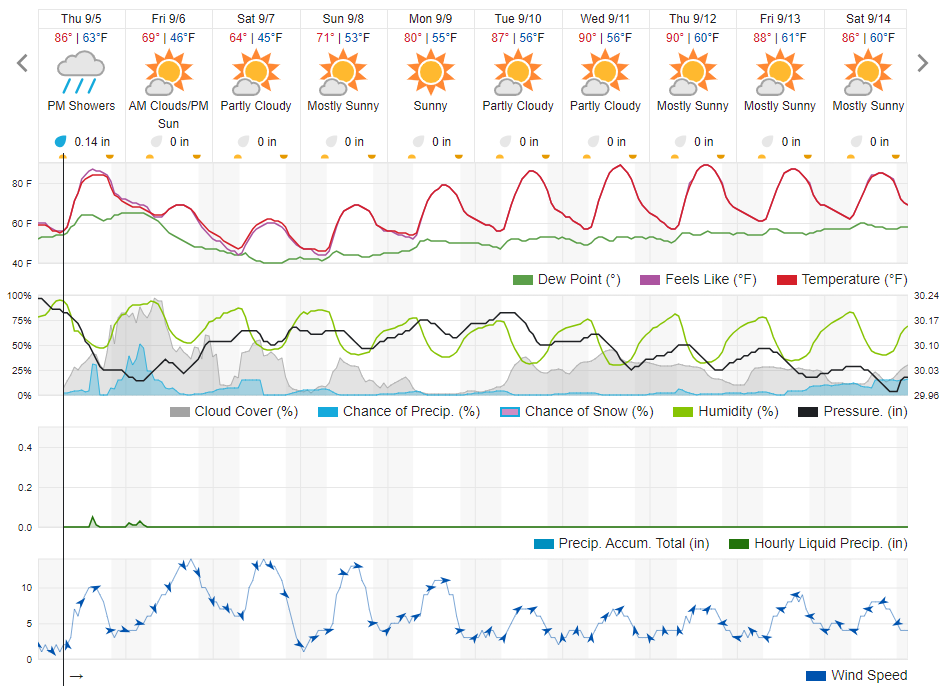
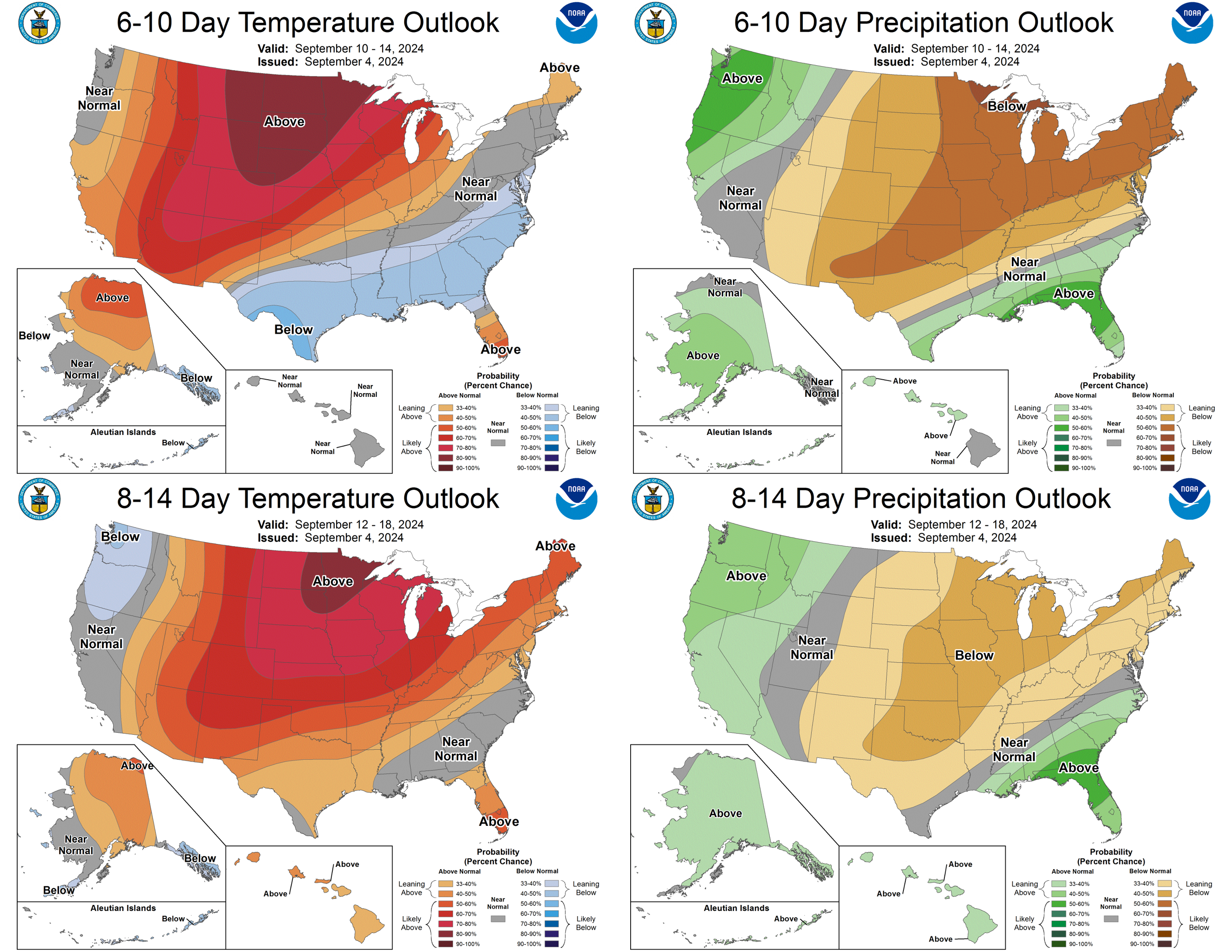
Crops and pests
Soybeans are mostly at R6 (seed fill) progressing to R7 (one pod of mature color on the plant). Scouting for white mold, sudden death syndrome and pod damage from insects or diseases should continue until about R7. Some early planted, early maturity group acres have reached R8, where 95% of pods have reached their mature color. At this point, the seed is drying down and can be harvested shortly. Watch out for lodging, green stem and other factors that can affect harvest.
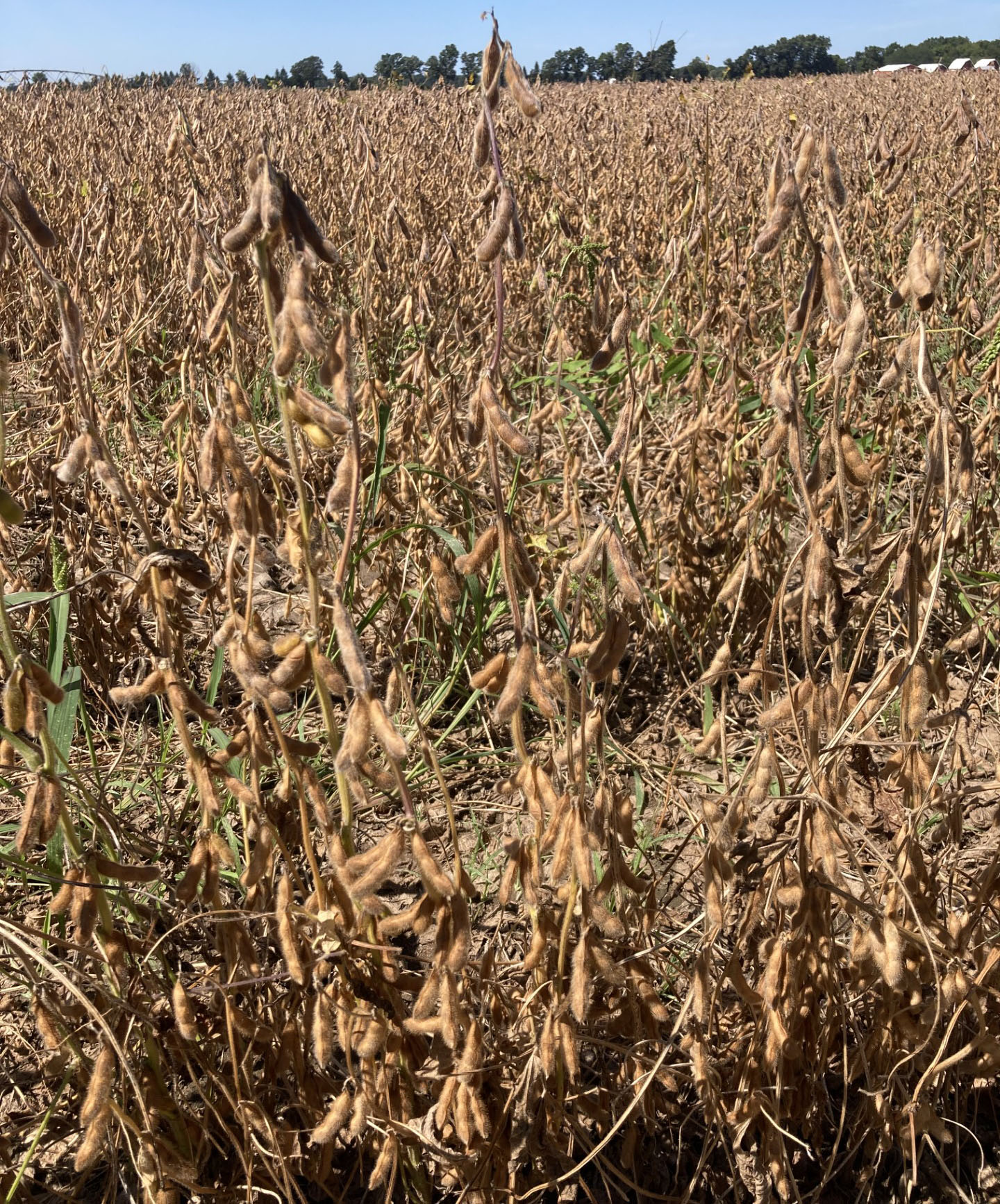
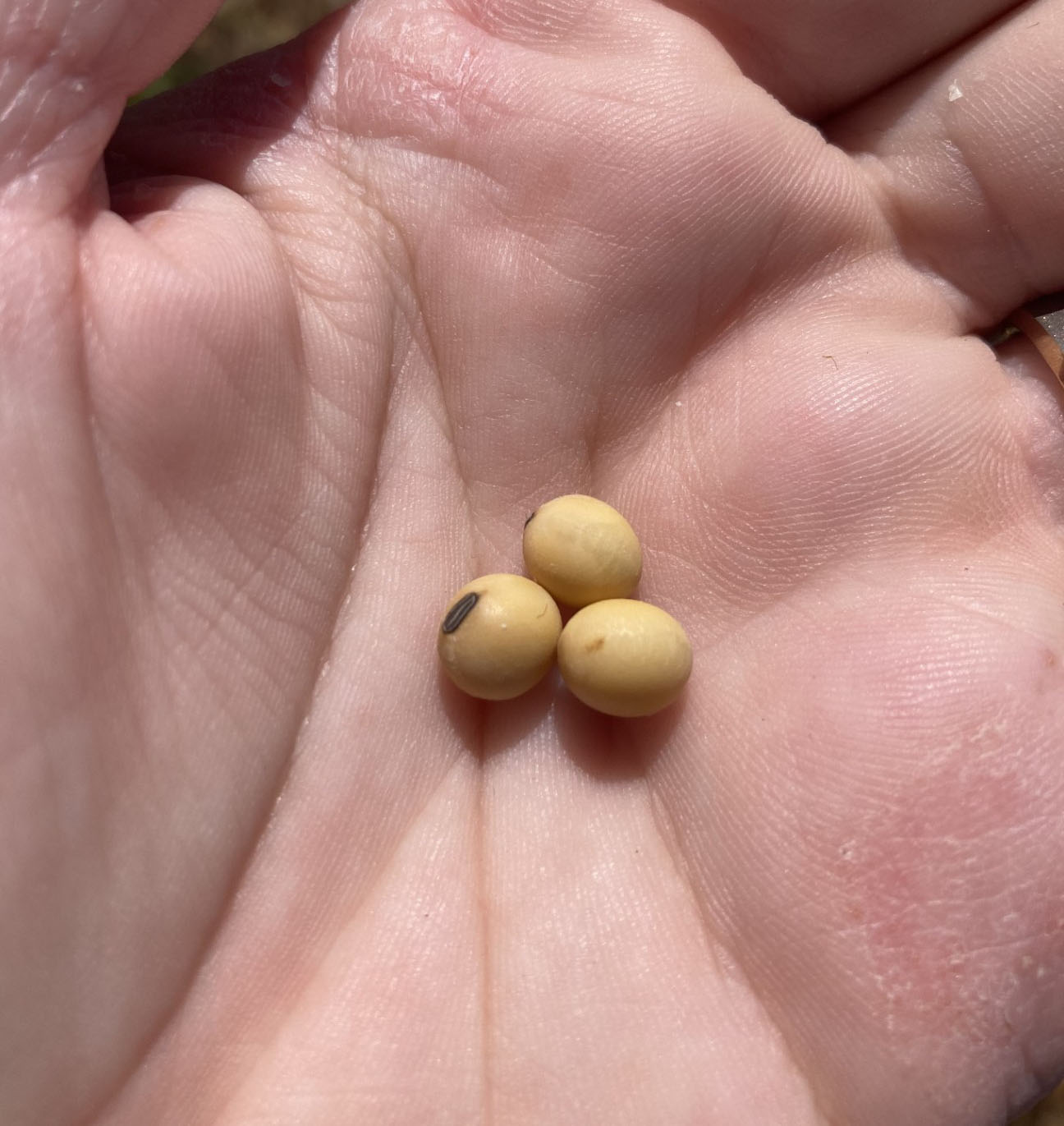
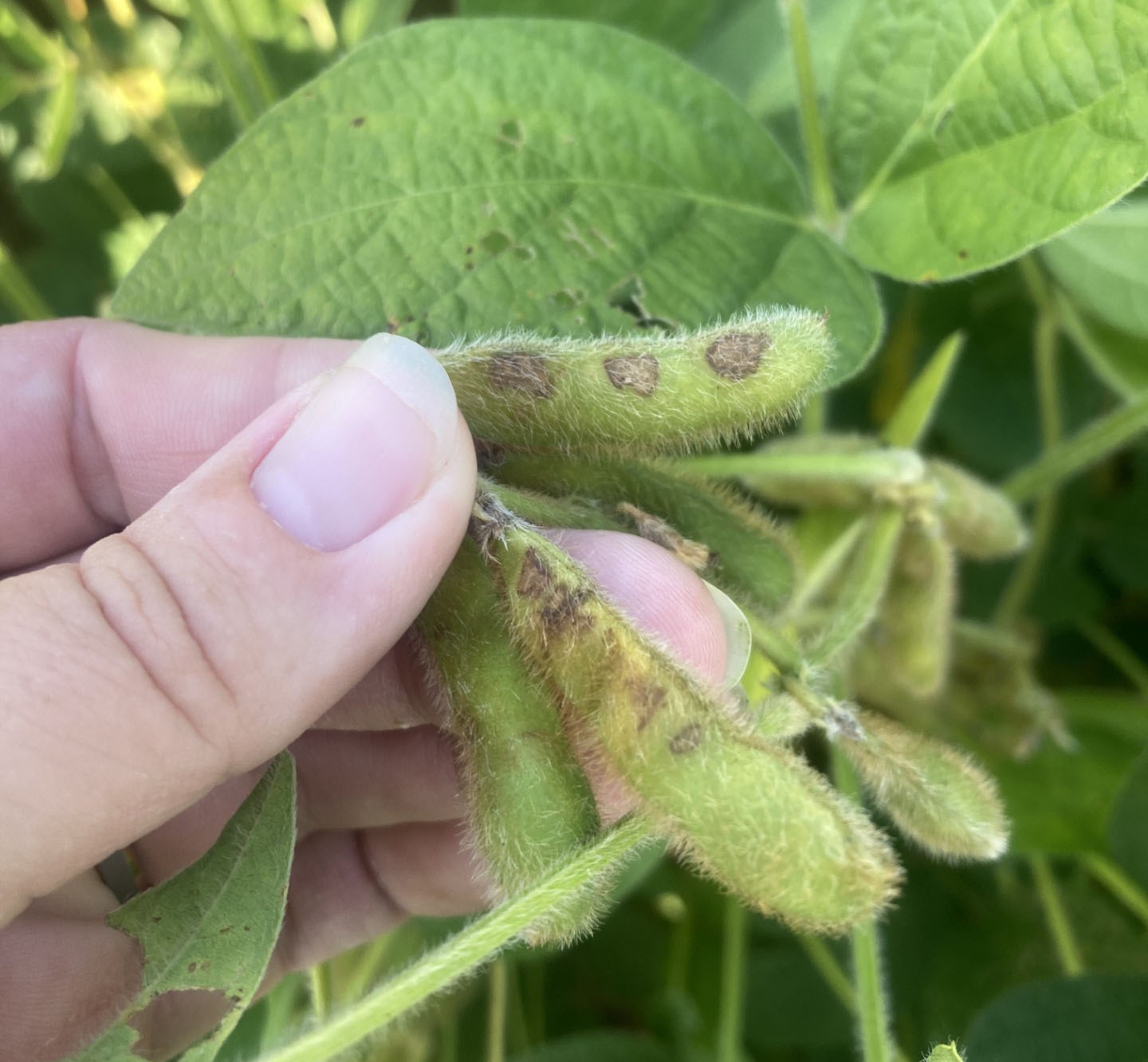
Corn is mostly at R5 (dent) progressing toward R6 (black layer). Some acres have reached R6, which is evidenced by the kernel being completely filled with solid starches. There is no visible milk line, and a black layer has formed at the tip of the kernel. This black layer is visible by scraping off the membranous tissue that attached the kernel to the cob.
Seed corn harvest continued this week. For silage corn with symptoms of tar spot present, watch out for tar spot flareups due to cool temperatures this week.
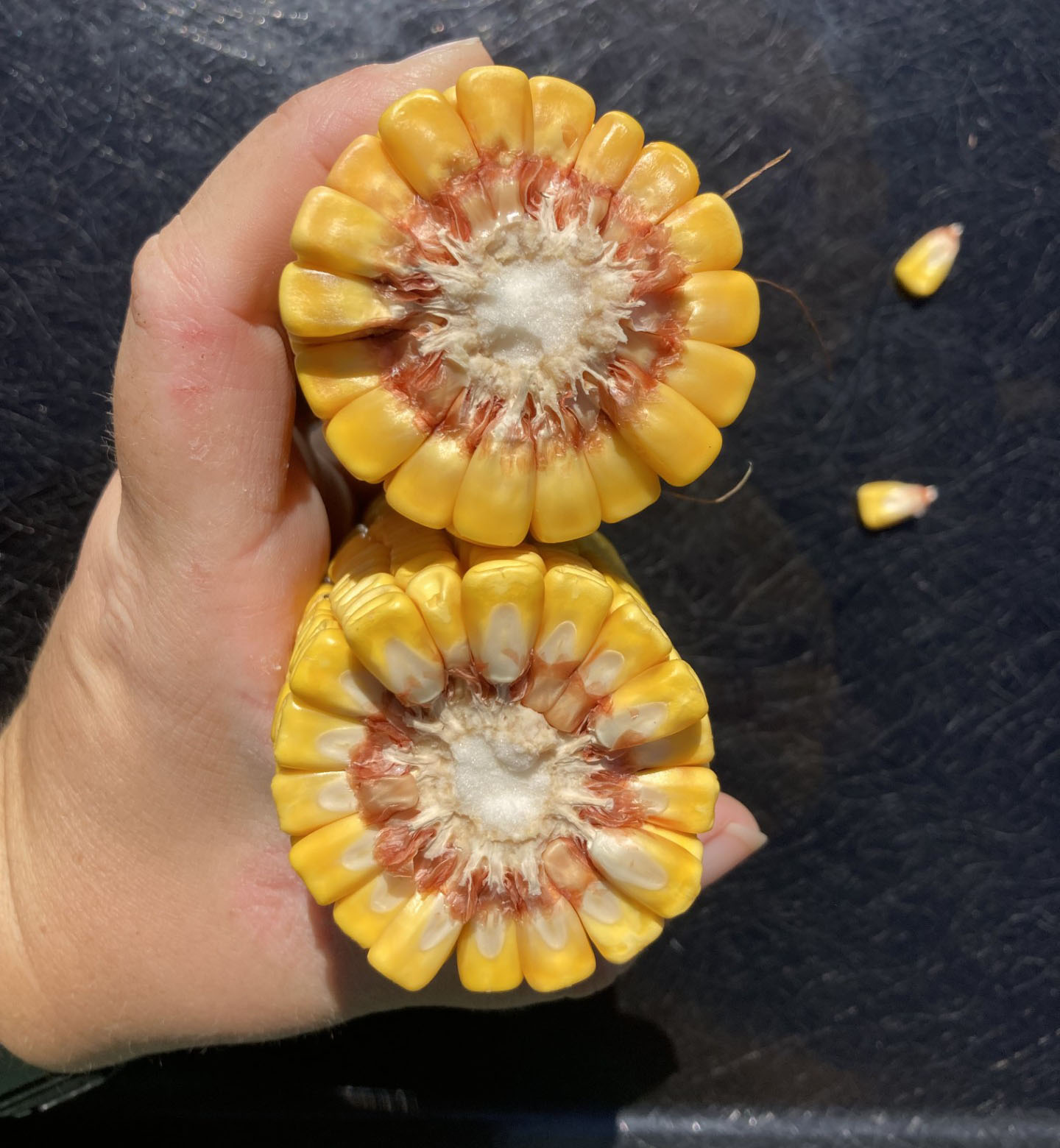
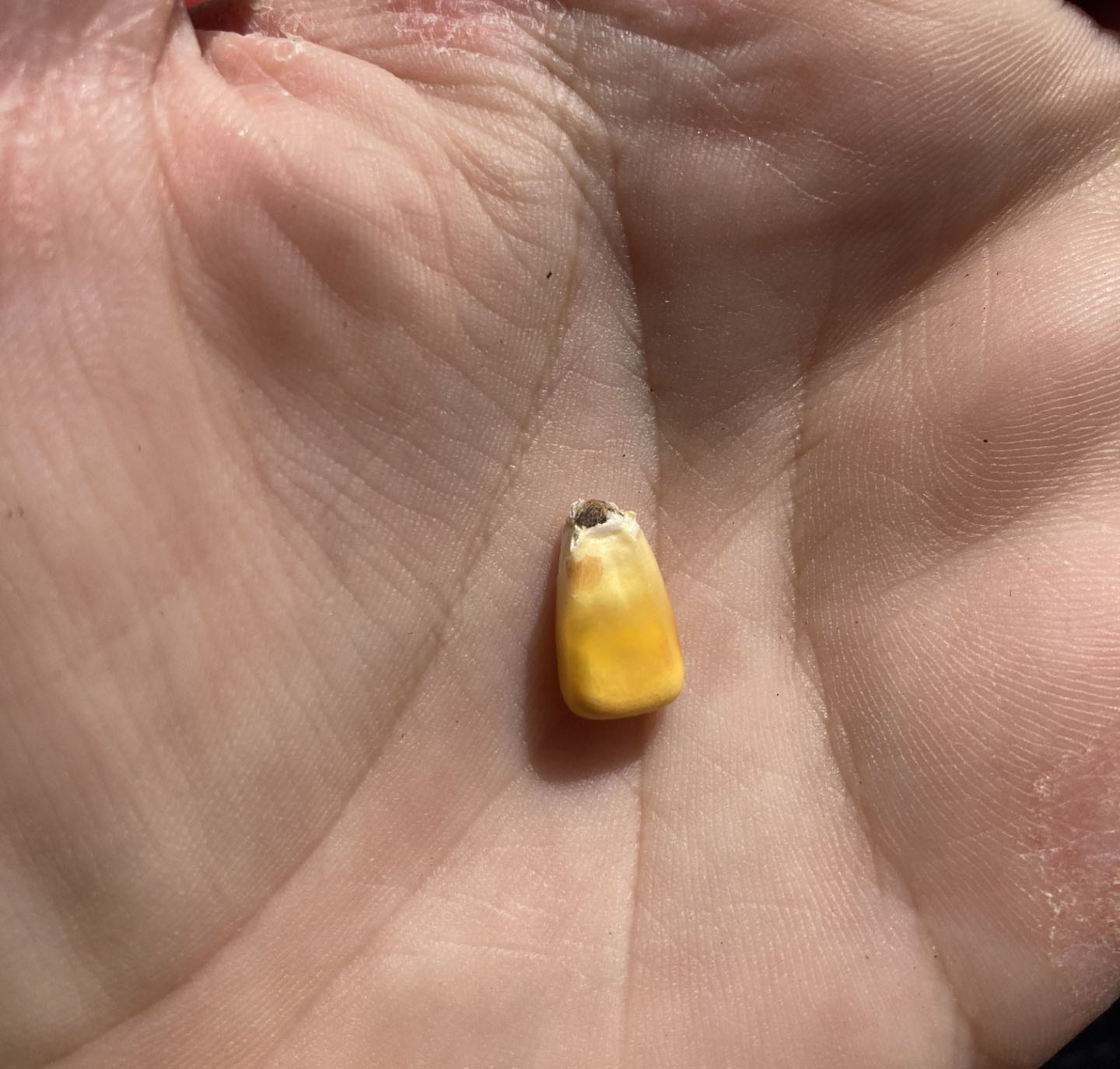
Fresh crop potato harvest also continued. Storage crop harvest is expected to begin next week for many growers.
Alfalfa and forage cutting and baling continued. Alfalfa is on its fourth cutting in most areas by now, and other forages are entering their first cutting. The dry weather has been conducive to cutting and baling, but it has slowed regrowth.
Weekly water use
|
Estimated weekly crop water use for field crops in Michigan (in/week) |
|||||
|---|---|---|---|---|---|
|
Crop |
Growth stage |
Constantine |
Entrican |
Hart |
|
|
Corn |
Silk, Blister, Dough, Begin dent |
1.24 |
1.09 |
1.07 |
|
|
Full dent |
1.13 |
0.99 |
0.97 |
||
|
Black layer |
0.75 |
0.66 |
0.64 |
||
|
Full maturity |
0.12 |
0.11 |
0.11 |
||
|
Soybeans |
R3 and R4 Begin pod/Full pod |
1.24 |
1.09 |
1.07 |
|
|
R5 and R6 Begin seed/Full seed |
1.24 |
1.09 |
1.07 |
||
|
R7 Begin Mature |
1.13 |
0.99 |
0.97 |
||
|
R8 95% Pods Mature |
0.23 |
0.20 |
0.19 |
||
As soybeans and corn approach their final growth stages, it's crucial to start planning when to end irrigation. For guidance, you can refer to the Michigan State University Extension article on timing your last irrigation.
The table above presents estimated crop water use for various field crops across three locations in Michigan. This data helps irrigation management decisions by showcasing potential crop evapotranspiration, calculated based on reference evapotranspiration and crop coefficients for each crop growth stage. It is crucial to note that crop water use values vary across regions due to differences in weather conditions, growth stages, agronomic practices and soil properties.
When using these values for irrigation scheduling, be mindful that they assume all applied irrigation water will be utilized by the plants without any loss. Also, these values do not account for any precipitation during the calculation week. For more tools and information on irrigation scheduling tools, please refer to: Irrigation Scheduling Tools.
Reference evapotranspiration data was obtained from Enviroweather, which also offers a model for determining potential crop evapotranspiration. To access this tool, visit Enviroweather, click on "Crops," select your crop and use the potential evapotranspiration tool by choosing your nearest weather station, the latest date of interest and other crop information.
Field Crops Virtual Breakfast Series
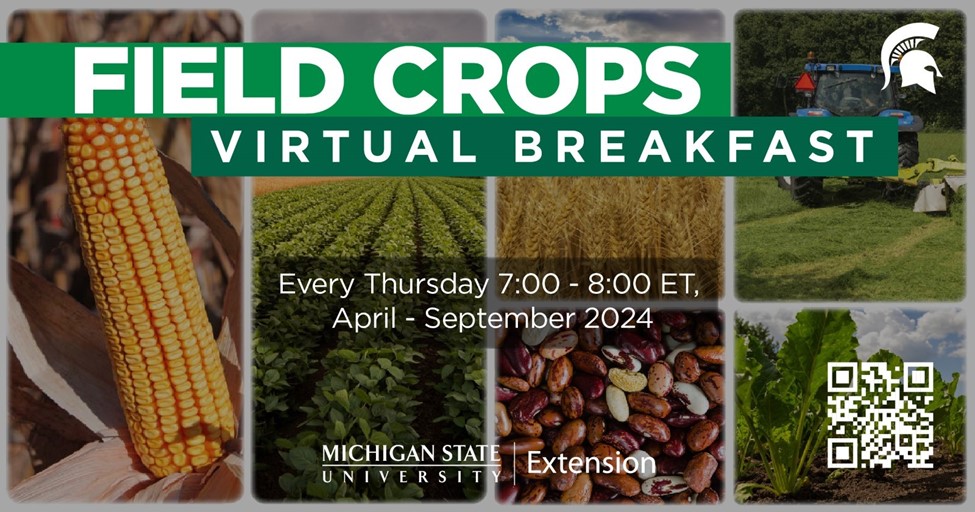
Drought-proofing agriculture, presented by Ehsan Ghane, the Michigan State University (MSU) Extension drainage specialist, was the topic for the MSU Extension Field Crops Virtual Breakfast this week. With a rainy year like this past one, it’s tempting to add more drainage tile or tile fields that might not actually need it, but it’s hard to get a return-on-investment. Check out the Virtual Breakfast recording to learn more about factors affecting drainage decisions. Recordings of this and all the Virtual Breakfast meetings are closed-captioned and available at the Field Crops Virtual Breakfast webpage and the MSU Extension Field Crops Team social media platforms: Facebook, Spotify, YouTube, Apple Podcasts and Twitter.



 Print
Print Email
Email